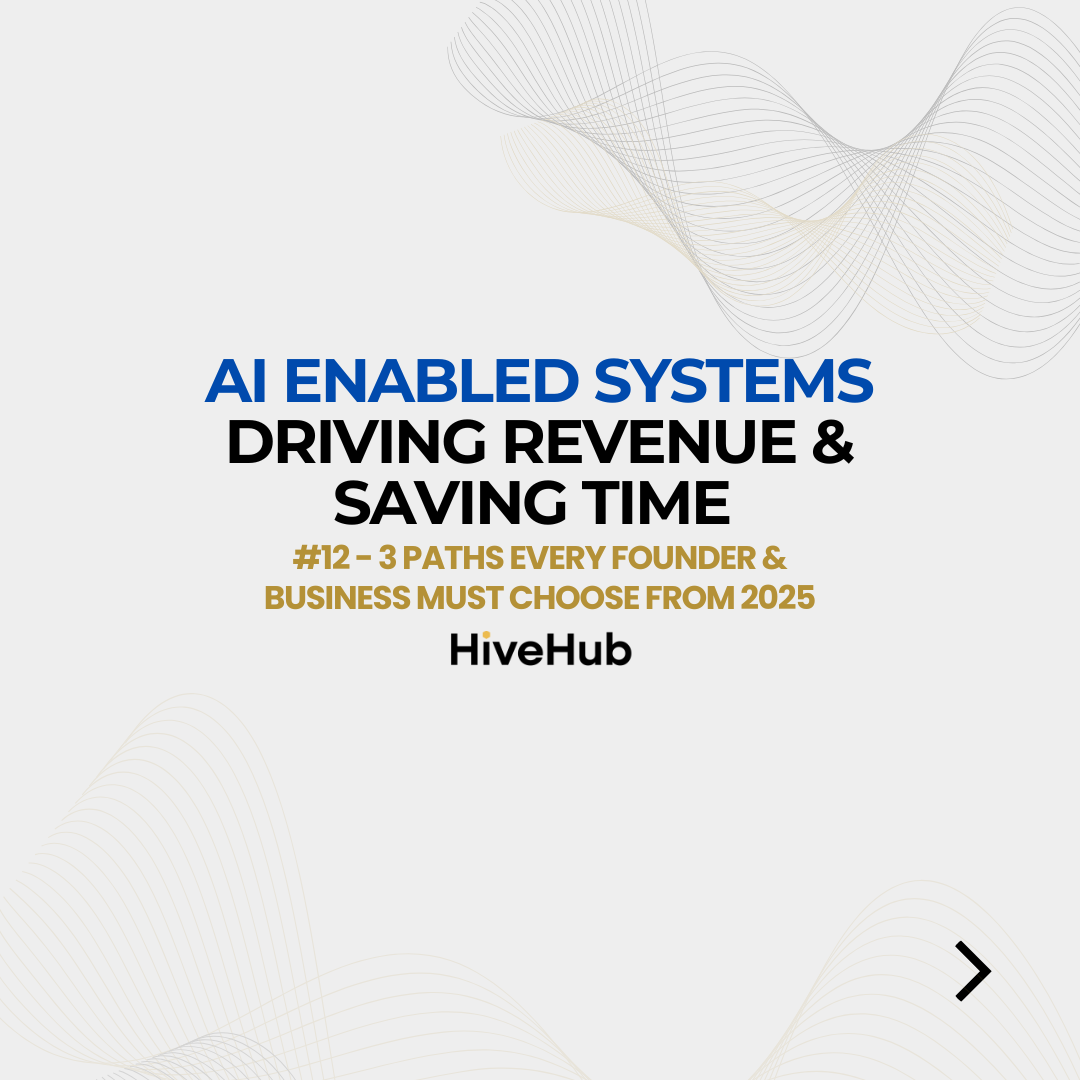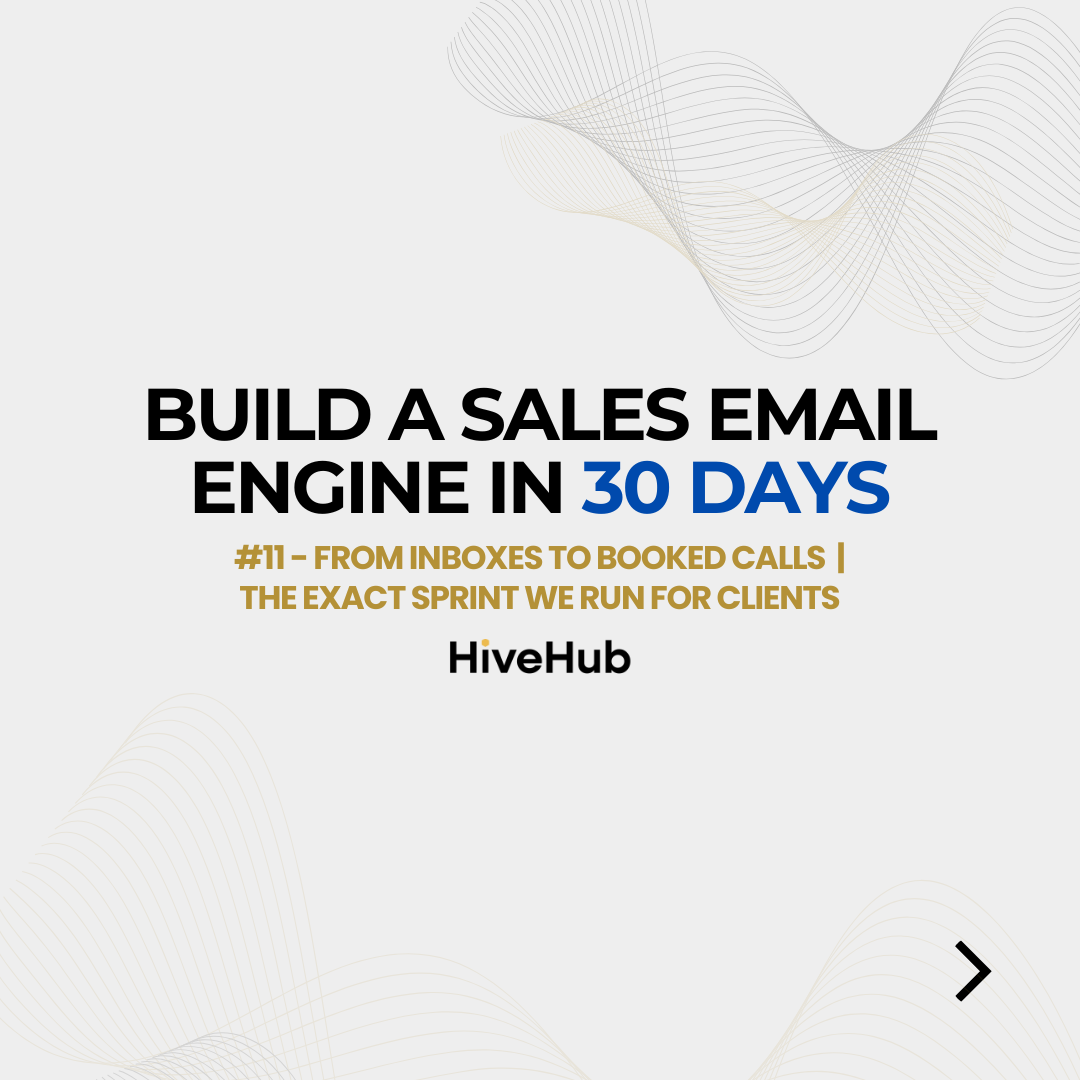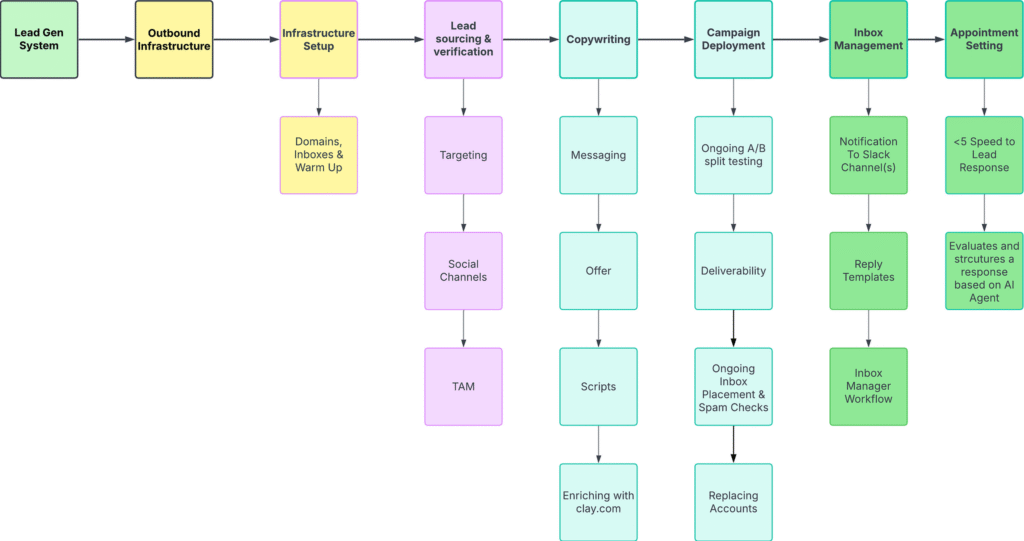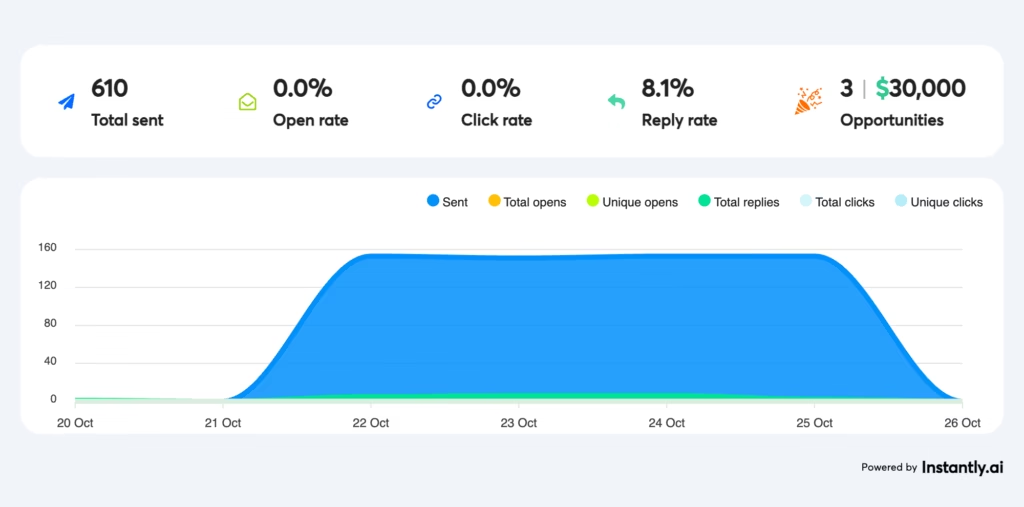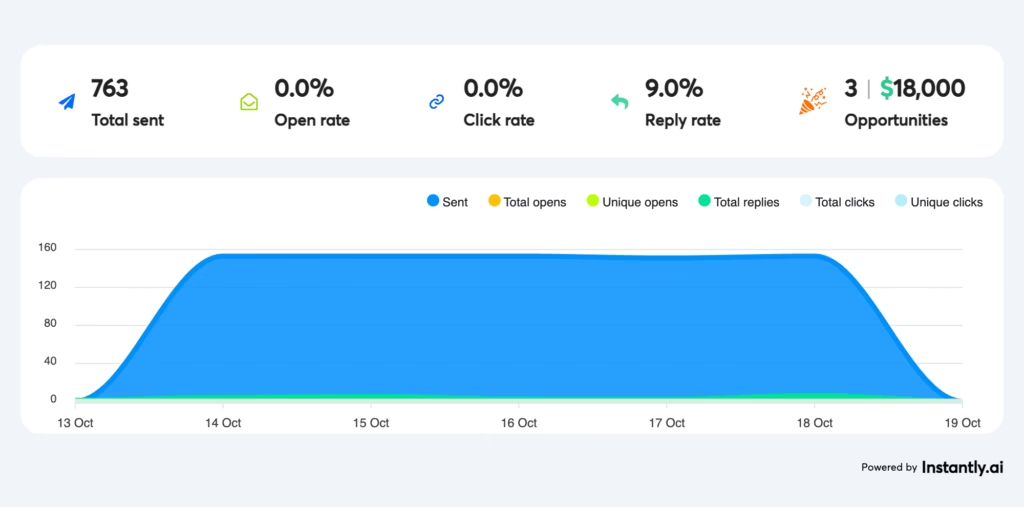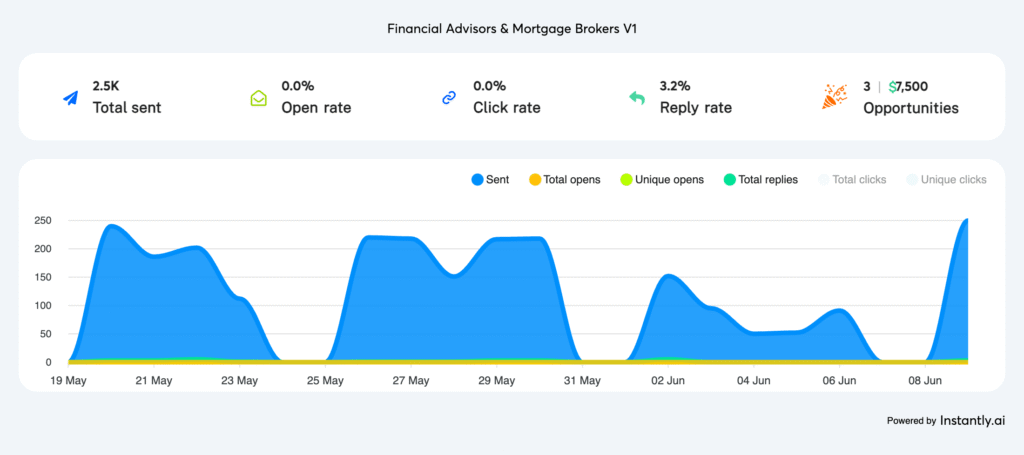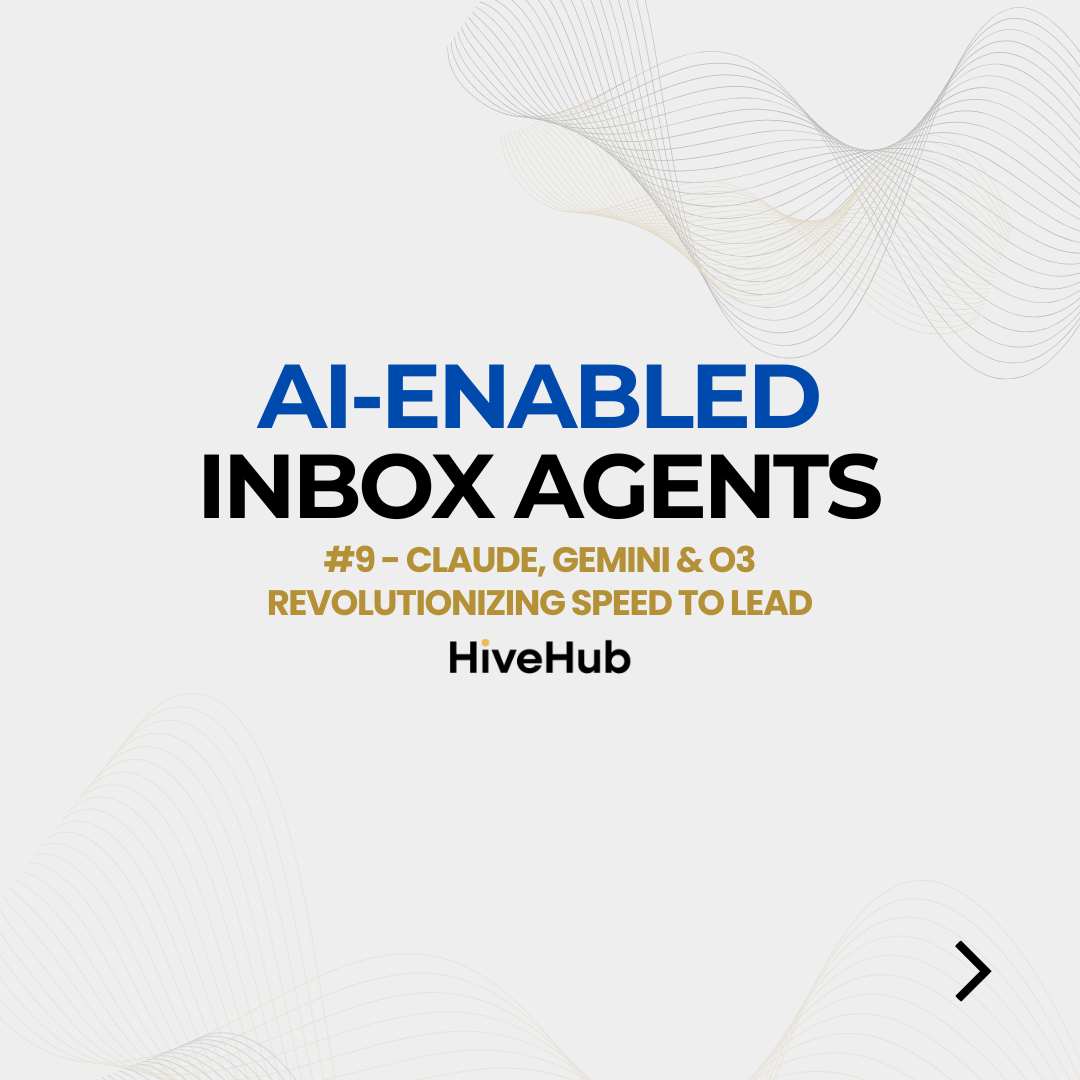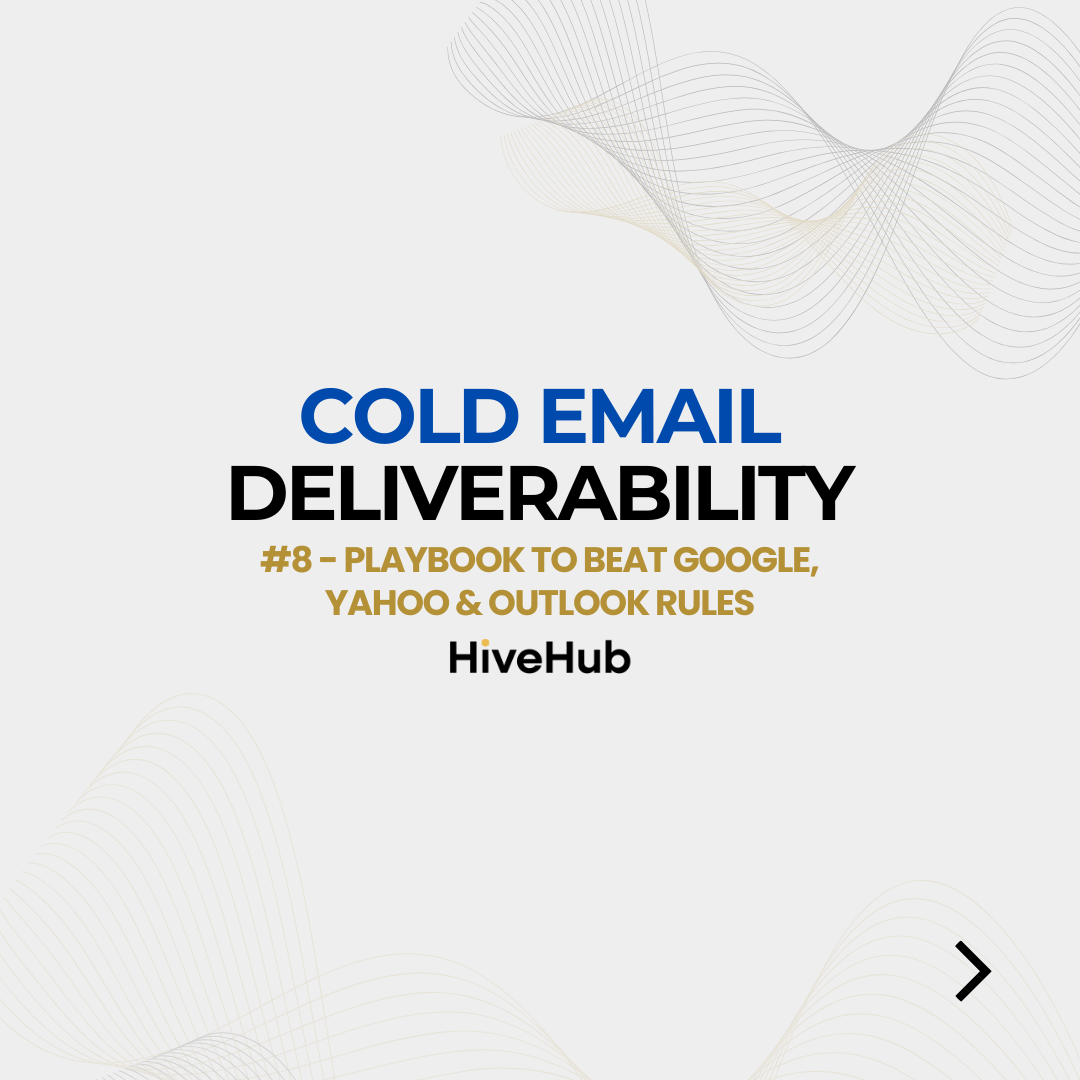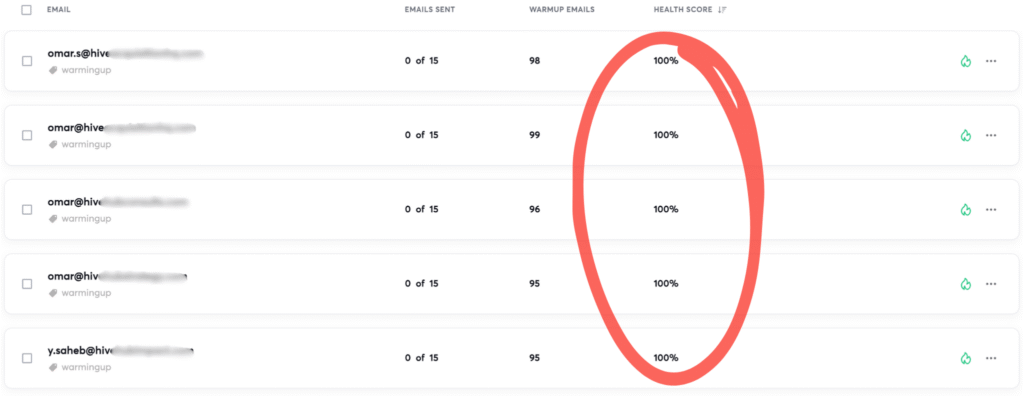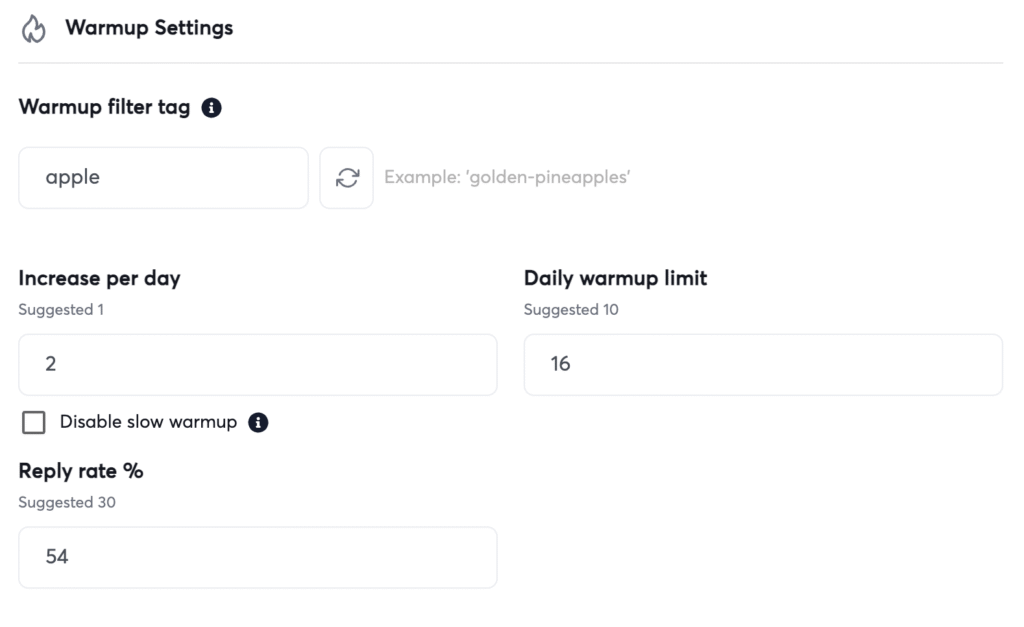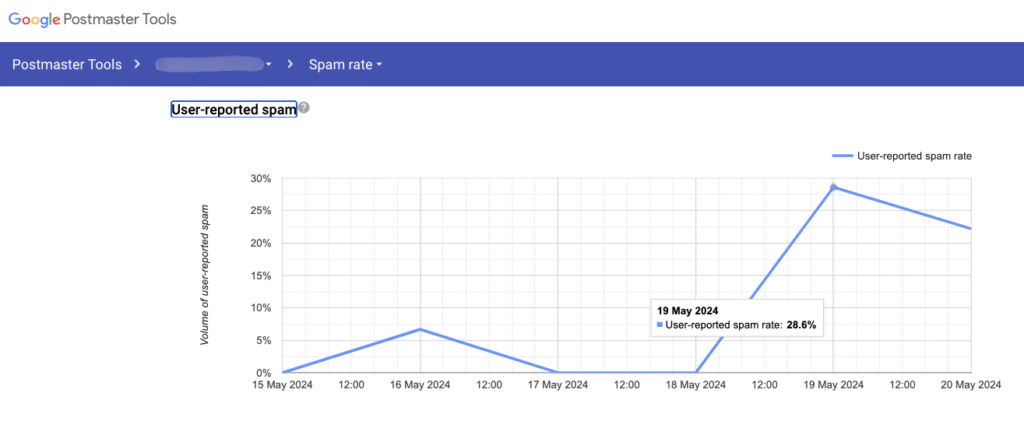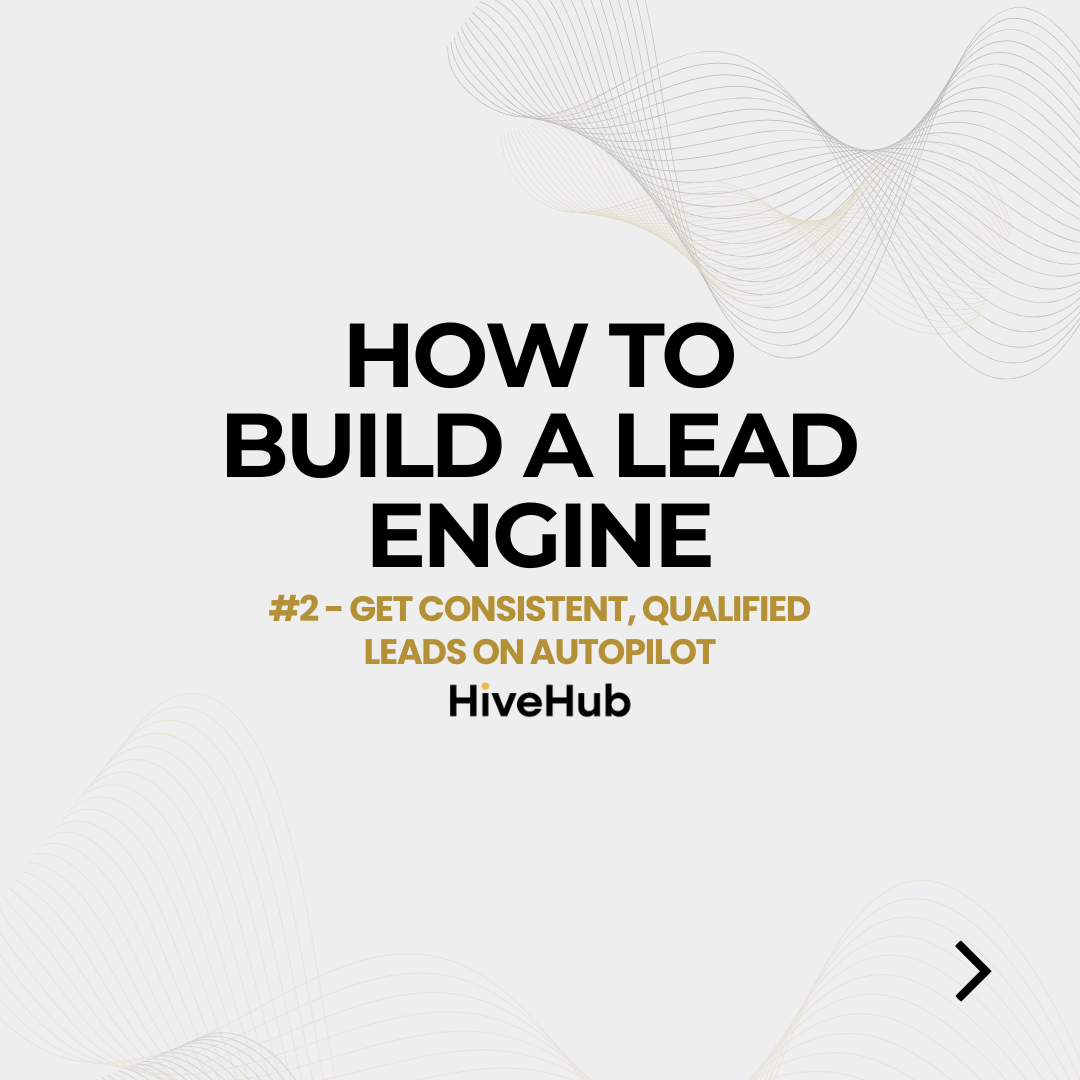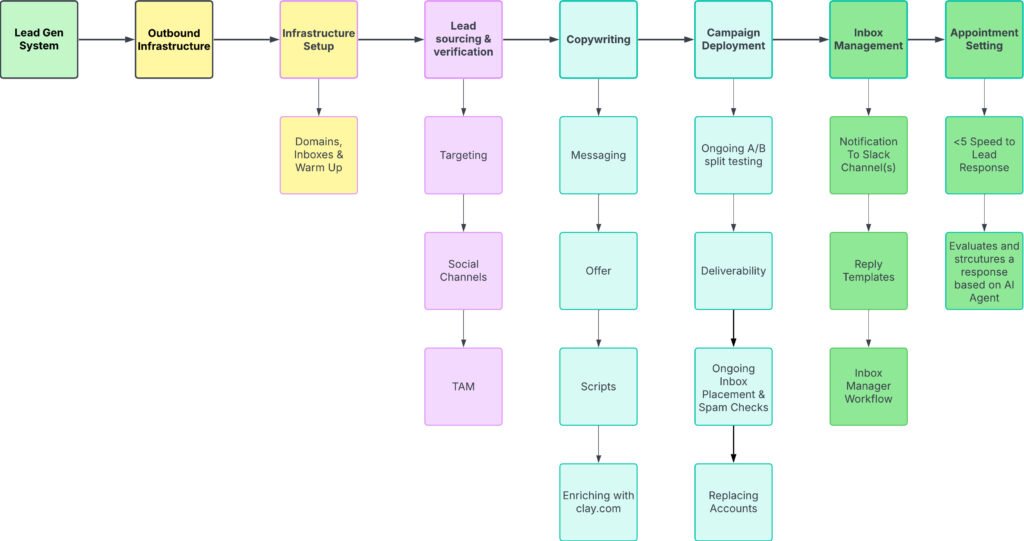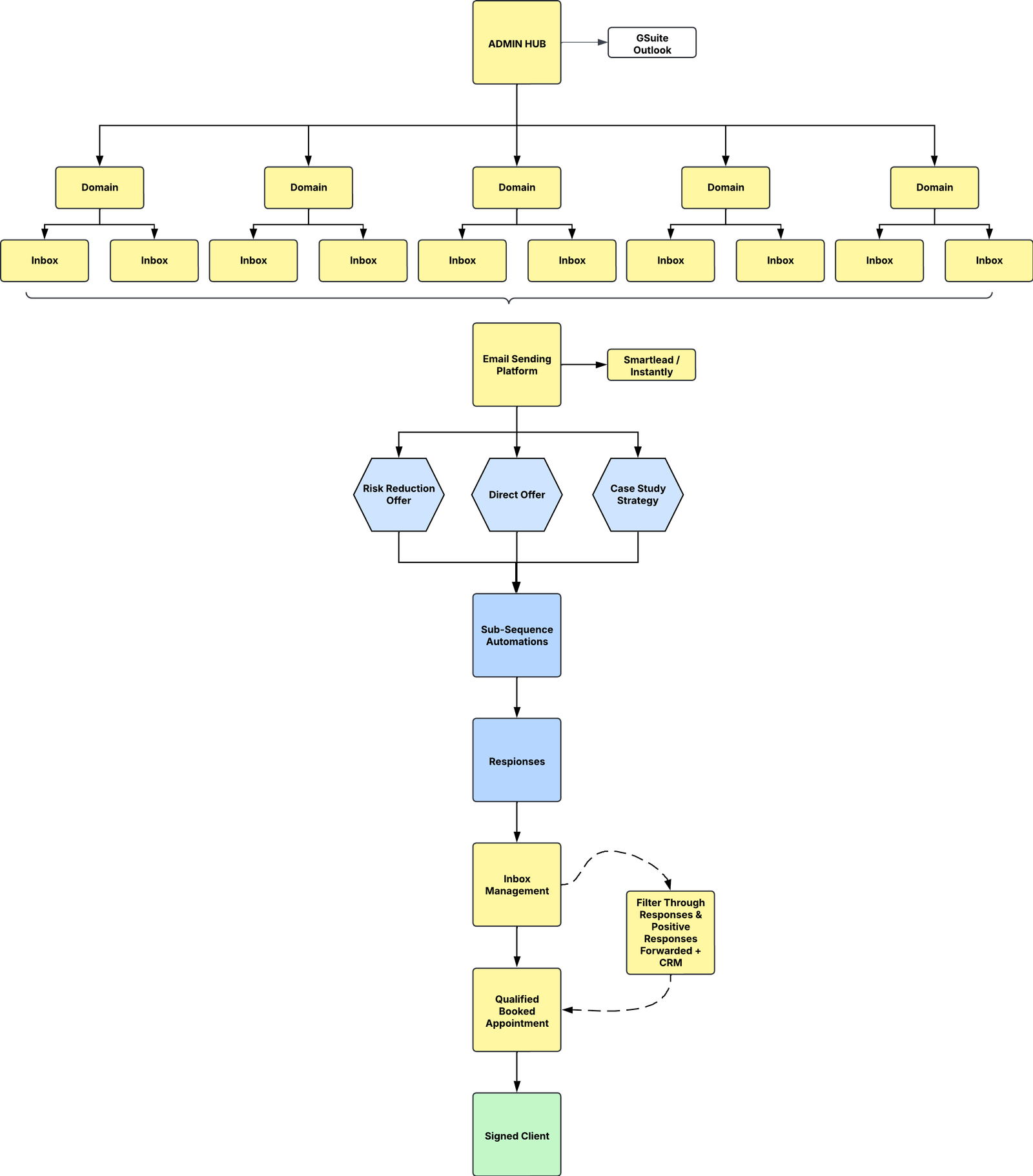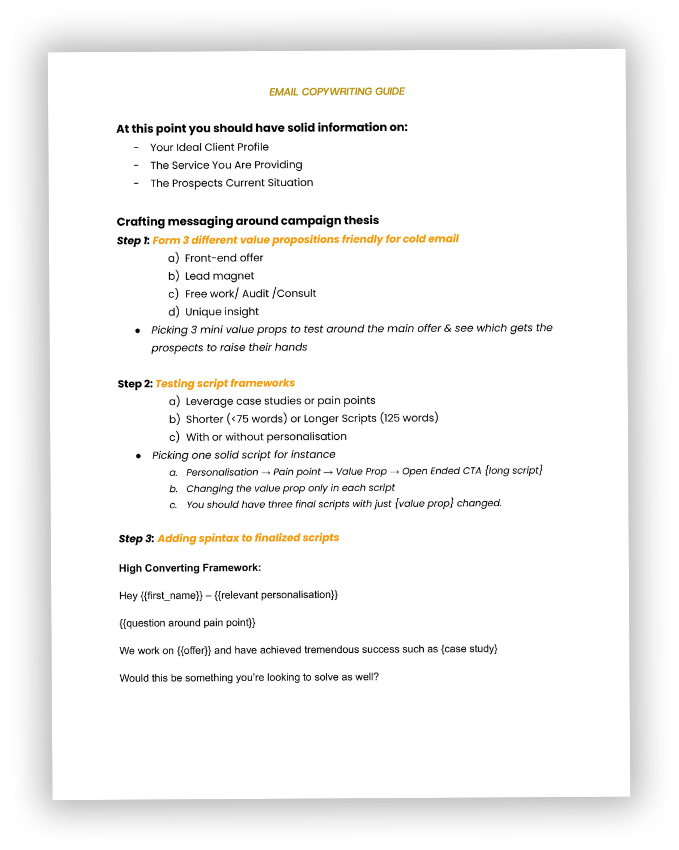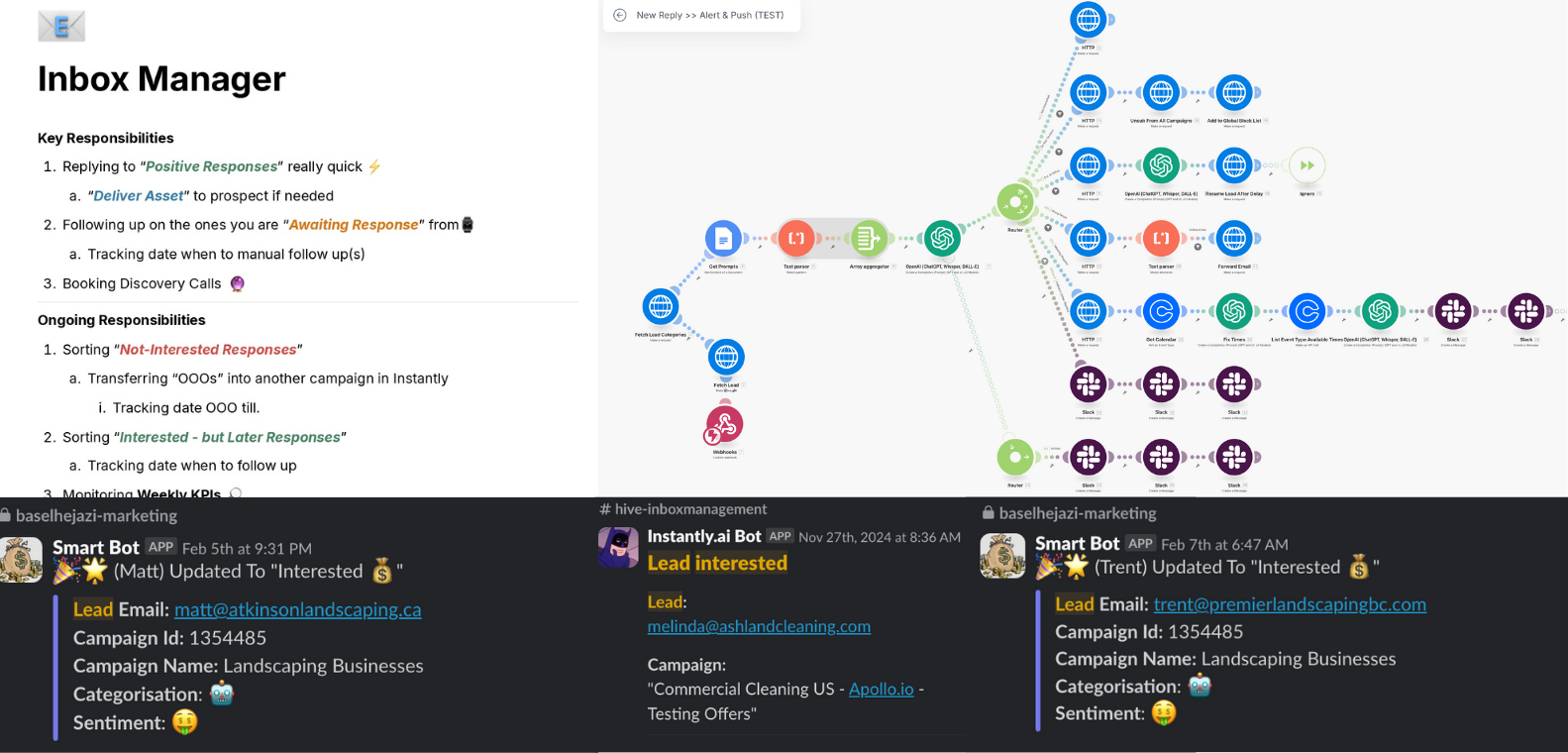You know that feeling when you’re scrolling LinkedIn at 11 PM, seeing another founder post about their “AI breakthrough” while you’re still manually updating your CRM from today’s sales calls?
Or when you read about companies scaling to 8-figures with “AI automation” while you’re personally writing every follow-up email and research note?
Here’s the truth: Every business founder is standing at the same crossroads right now. You can see AI transforming how businesses operate, but you’re not sure which path to take.
There are really only three options ahead of you.
The Three Paths Every Business Must Choose
Path 1: Adopt AI Blindly
Throw ChatGPT at everything. Build custom AI solutions that break every other week. Pay consultants $50K to “AI-ify” your business without understanding what actually needs fixing.
The reality: You end up with expensive tech that doesn’t solve real problems. Your team gets frustrated. You waste months and money chasing shiny objects.
Path 2: Avoid AI and Hope for the Best
Keep doing everything manually. Tell yourself that “personal touch” is your competitive advantage. Convince yourself that AI is just hype that will blow over.
The reality: Your competitors are capturing the efficiency gains while you’re still stuck in manual mode. The gap widens every month until it’s too late to catch up.
Path 3: Leverage AI with Proven Processes
Use AI to enhance what’s already working in your business. Combine human expertise with AI efficiency. Scale the parts that matter while keeping human judgment where it counts.
This is where the opportunity lives.
What’s Really Happening in the Market Right Now
The AI agent market just exploded from $5.1 billion to a projected $47.1 billion by 2030. But here’s what those numbers don’t tell you:
Early adopters are reporting 50% efficiency improvements in areas like customer service and operations. Not because they replaced humans with robots, but because they enhanced human capabilities with intelligent systems.
The Model Context Protocol (MCP) just changed everything. Think of it as the moment when we got USB-C—suddenly, AI systems can actually connect to your existing business tools instead of living in isolated chat windows.
OpenAI adopted it. Microsoft rolled it into their platform. This isn’t beta technology anymore.
The founders who act now – while their competitors are still debating – are the ones who’ll capture the advantage.
The Real Problem: You’re Not Short on Ideas, You’re Short on Execution
Your typical week probably looks like this:
Monday morning, you have a clear plan. By Wednesday, you’re putting out client fires. By Friday, you’re behind on follow-ups, your CRM is a mess, and you still haven’t had time to work on that positioning strategy you know you need.
It’s not that you don’t know what to do. You know exactly what moves the needle:
- Consistent outbound that actually reaches decision-makers
- Funnels that convert visitors while you’re in client meetings
- Clear positioning that attracts clients who pay premium rates
The problem is execution capacity. You can’t clone yourself, but you can enhance your capabilities.
How AI Actually Enhances What You’re Already Doing
Here’s what we’ve learned working with B2B service businesses: AI works best when it amplifies existing processes, not when it tries to replace human judgment.
Outbound That Actually Reaches Decision-Makers
The human part: You understand your ideal client’s pain points. You know how to position your solution. You can handle objections and close deals.
The AI enhancement:
- Researches prospects and identifies the right decision-makers
- Personalizes outreach based on company data and recent events
- Routes responses so you only see qualified interest, not tire-kickers
- Schedules meetings without the back-and-forth email dance
Result: You get 3-5 qualified appointments monthly because you’re reaching the right people with relevant messages, not burning through lists.
Funnels That Convert While You’re Focused on Delivery
The human part: You understand what resonates with your audience. You know which case studies work. You can refine messaging based on client feedback.
The AI enhancement:
- Tests different VSL scripts to find what converts best
- Personalizes landing pages based on where traffic comes from
- Scores leads so you know who’s ready to buy vs. who needs nurturing
- Optimizes conversion rates through continuous testing
Result: Predictable lead flow that doesn’t require you to constantly babysit funnels or create new content every week.
Positioning That Attracts Premium Clients
The human part: You get on discovery calls with prospects. You understand their real challenges. You can spot patterns in what makes clients successful.
The AI enhancement:
- Analyzes market opportunities to identify underserved niches
- Researches competitive positioning and pricing strategies
- Tests value propositions with different audience segments
- Identifies which client types generate the highest lifetime value
Result: Clear positioning that attracts higher-value clients who understand your worth and pay accordingly.
Why the Human + AI Combination Works
We’ve seen too many founders & businesses try to automate everything and lose the human insight that made them successful in the first place.
The magic happens when human expertise guides AI execution.
Take niche and offer refinement, for example. AI can analyze thousands of data points about market opportunities, competitor positioning, and client success patterns. But you’re the one who gets on discovery calls and understands the nuanced challenges prospects face.
AI gives you the research. You provide the insight. Together, you make decisions that neither could make alone.
The same principle applies to outbound and funnel optimization. AI handles the repetitive research and testing. You focus on strategy, relationship-building, and high-level optimizations.
The Window Is Closing
Here’s what keeps us up at night: The advantage is temporary.
Right now, while most of your competitors are still debating whether AI is ready, you can implement these systems and capture efficiency gains that compound month after month.
But that window won’t stay open forever. Once these approaches become standard practice, the competitive advantage shifts to who executes best, not who adopts first.
The businesses scaling from $10K to $150K MRR right now aren’t waiting for perfect solutions. They’re implementing proven processes enhanced with AI capabilities.
They understand that the goal isn’t to build the most sophisticated AI system. It’s to scale what’s already working while maintaining the human insight that creates real value.
Where We Come In
We work with B2B service businesses to implement AI-enhanced systems across three core areas:
Outbound Systems: We help you reach 3-5 qualified decision-makers monthly through research-backed, personalized outreach that actually gets responses.
Funnel & Automation Systems: We build VSLs, landing pages, and nurturing sequences that generate leads while you focus on delivery and client work.
Niche & Offer Refinement: We combine market research with your client insights to clarify positioning and pricing that attracts higher-value clients.
The difference: We don’t replace your expertise. We enhance it. You still make the strategic decisions. You still build the relationships. AI just handles the execution heavy-lifting.
If you’re ready to see how this works for your specific business:
We’ll show you exactly where AI can enhance your current processes and what the implementation would look like.
No generic solutions. No cookie-cutter approaches. Just a clear path to scaling what’s already working.
